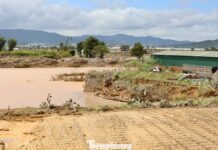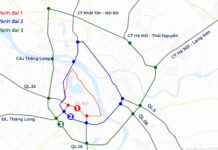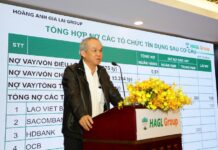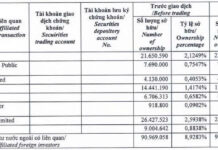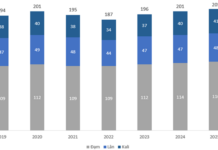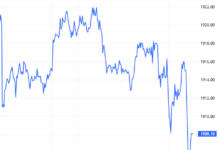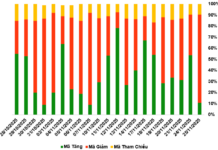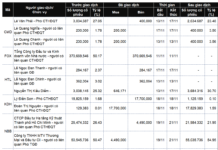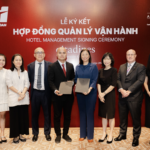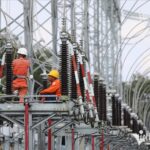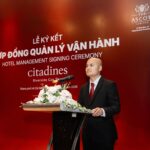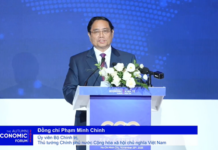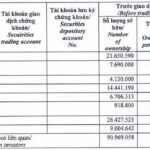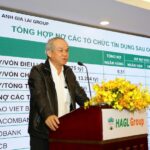Three Key Challenges
This insight was shared at the Mekong Delta Wind Energy Seminar, organized by the People’s Committee of Vinh Long Province on October 8. Mr. Tran Quoc Tuan, Director of the Department of Industry and Trade of Vinh Long, highlighted the region’s unparalleled potential for wind, solar, and biomass energy development. The province and the Mekong Delta boast advantages such as an extensive coastline and high solar radiation levels, with year-round sunshine.
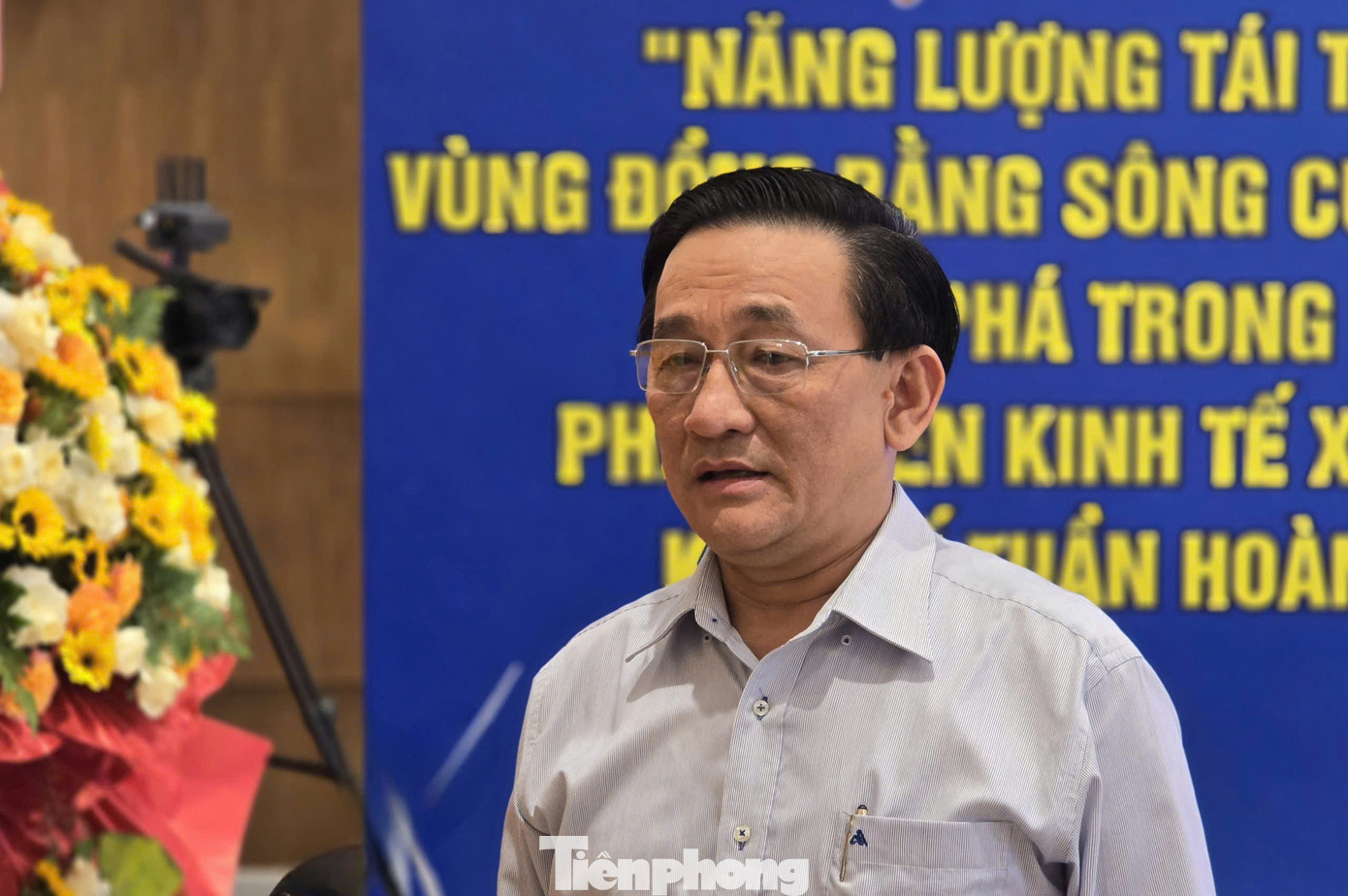
Mr. Tran Quoc Tuan, Director of the Department of Industry and Trade of Vinh Long.
However, Mr. Tuan identified three major bottlenecks hindering renewable energy development: overlapping and prolonged investment procedures, limited transmission infrastructure and grid capacity, and a lack of transparency and flexibility in investor selection mechanisms.
During the recent Party Congresses of Mekong Delta provinces, all emphasized prioritizing renewable energy development, aiming to become the region’s and the nation’s renewable energy hub.
Mr. Bui Van Thinh, Chairman of the Binh Thuan Wind and Solar Energy Association, affirmed that the Mekong Delta is considered the nation’s wind energy capital. With its flat terrain, long coastline, and consistent wind speeds, the region is ideal for large-scale onshore and offshore wind projects. Despite its vast potential of tens of thousands of MW, only about 1,300 MW have been operationalized, indicating significant room for growth.
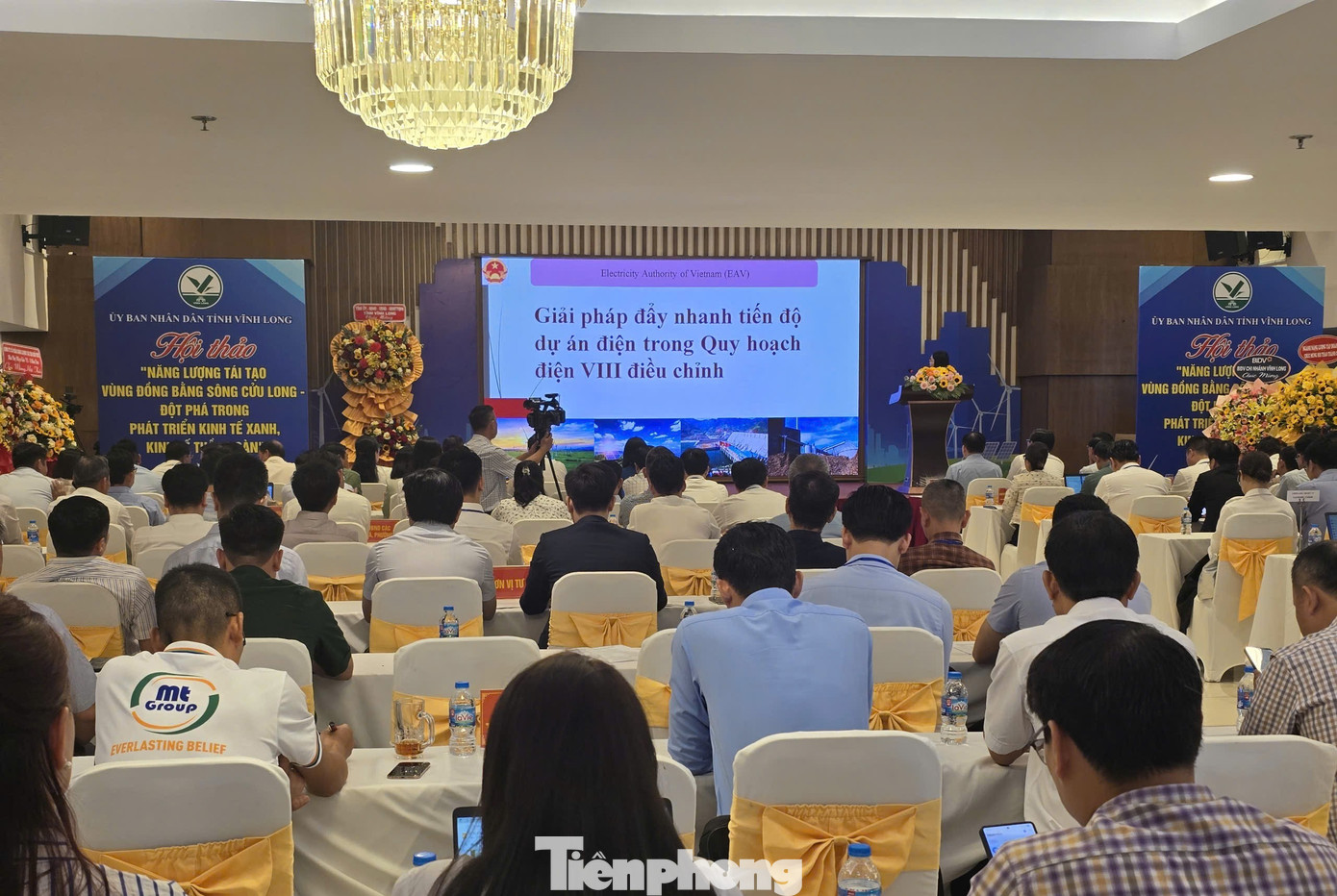
Seminar overview.
Mr. Bui Van Thinh pointed out that Vietnam’s wind energy sector, particularly in the Mekong Delta, faces numerous challenges. These include inconsistent planning, slow adjustments, and a lack of accurate wind data, increasing project risks.
Numerous Challenges Ahead
Businesses note that the rapid growth of wind energy poses significant challenges for transmission and distribution infrastructure. Delays in investing in 110–500KV power lines could lead to overloads, high power losses, and difficulties in harnessing renewable energy. Therefore, priority should be given to implementing approved projects under the adjusted Power Master Plan VIII.
At the seminar, experts and businesses highlighted issues with lengthy and overlapping wind energy investment procedures, which can delay projects by 2–3 years, deterring investors and hindering capital mobilization.
Additionally, onshore and near-shore wind energy investment costs are approximately $1.6 million/MW, while offshore projects range from $3–3.5 million/MW, significantly higher than coal or small hydropower plants. Large wind projects require billions of dollars, exceeding the capacity of many domestic companies. High domestic interest rates further increase financing costs compared to regional peers, with payback periods of 15–20 years adding financial pressure on investors.
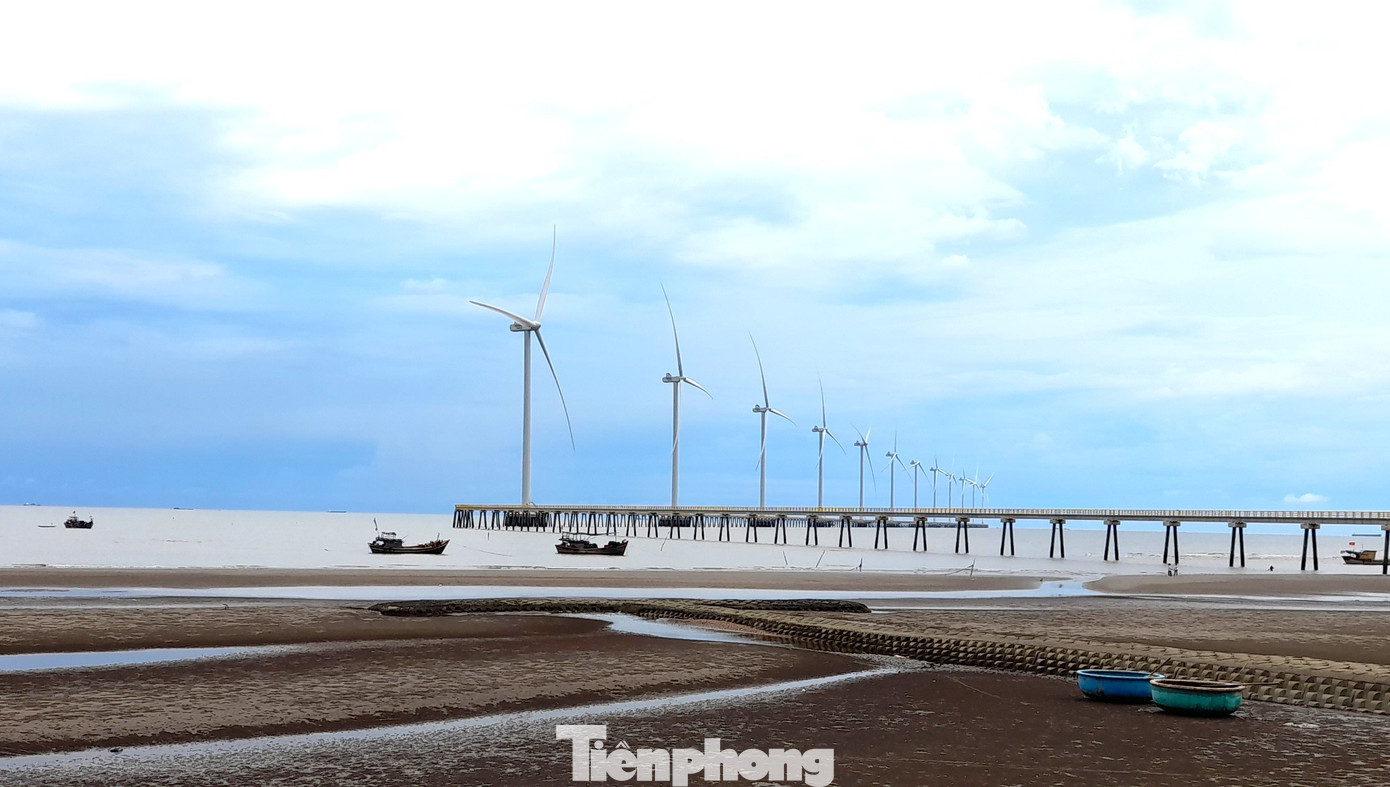
By 2030, Vinh Long’s wind energy capacity is planned to reach over 3,736 MW.
Leaders from the Department of Industry and Trade of Vinh Long emphasized that these bottlenecks challenge both the province and the entire Mekong Delta in transitioning to a green, circular economy.
Currently, Vinh Long hosts the Duyen Hai Thermal Power Complex, one of the largest in the country with a capacity exceeding 4,515 MW, and 15 operational renewable energy plants (13 wind and 2 solar).
Under the adjusted Power Master Plan VIII, by 2030, Vinh Long will have 37 wind energy projects with a total capacity of over 3,306 MW (8 ongoing and 29 new projects) and 3 solar energy projects totaling 150 MW.
“Electricity Price ‘Golden Hoop’ and Stalled Projects Amid Power Shortage Concerns”
Power industry experts warn of a looming electricity shortage crisis, citing a decade-long drought in major power projects. Meanwhile, over 170 renewable energy initiatives remain stalled, exacerbating the issue. The persistent challenge of electricity pricing continues to weigh heavily on the sector.

